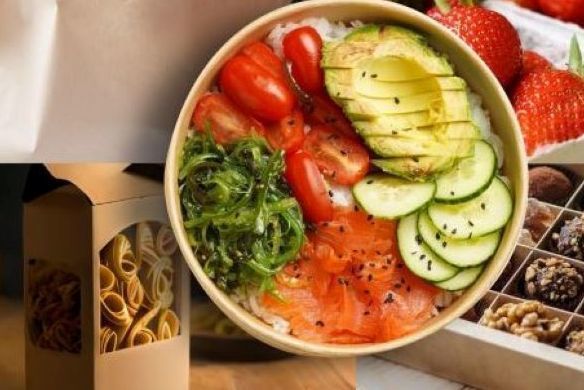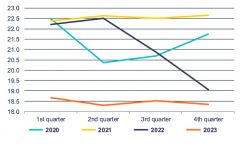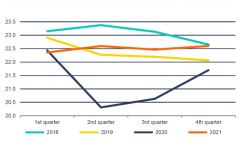Cepi, the European paper industry association based in Brussels, has just updated its Good Manufacturing Practice guidelines. Published in 2010 along with those for food contact, which have already been updated, these guidelines, which were pioneering at the time of their publication, are now a benchmark for the paper industry.
These Good Manufacturing Practices (GMP) for paper manufacturers comply with European regulations CE2023/2006 and CE1935/2004 for the manufacture of all materials and articles intended to come into contact with foodstuffs, serve as a guide for those responsible for their control, and cover the implementation of the risk assessment of the GMP quality assurance system. "Good manufacturing practices have a key role to play in risk management" says Cepi General Manager Jori Ringman.
Faced with growing demand for sustainable products and a mistrust of fossil fuel alternatives, the market for recyclable and biobased food packaging is expanding rapidly. And the GMP update comes at just the right time in this context of improving the circular economy. Jori Ringman points out that GMP "also serve the gradual transition to sustainable, renewable and recycled alternatives" . Let's not forget that paper and cardboard have two major advantages over other materials used for food contact: they are mainly made of natural cellulose fibers with inherent hygienic properties, and their manufacturing process is mainly mechanical rather than chemical.
"Raw materials from renewable sources, such as those used for paper-based packaging, should be recognized as building blocks of a new, more circular economy." stresses Jori Ringman.








